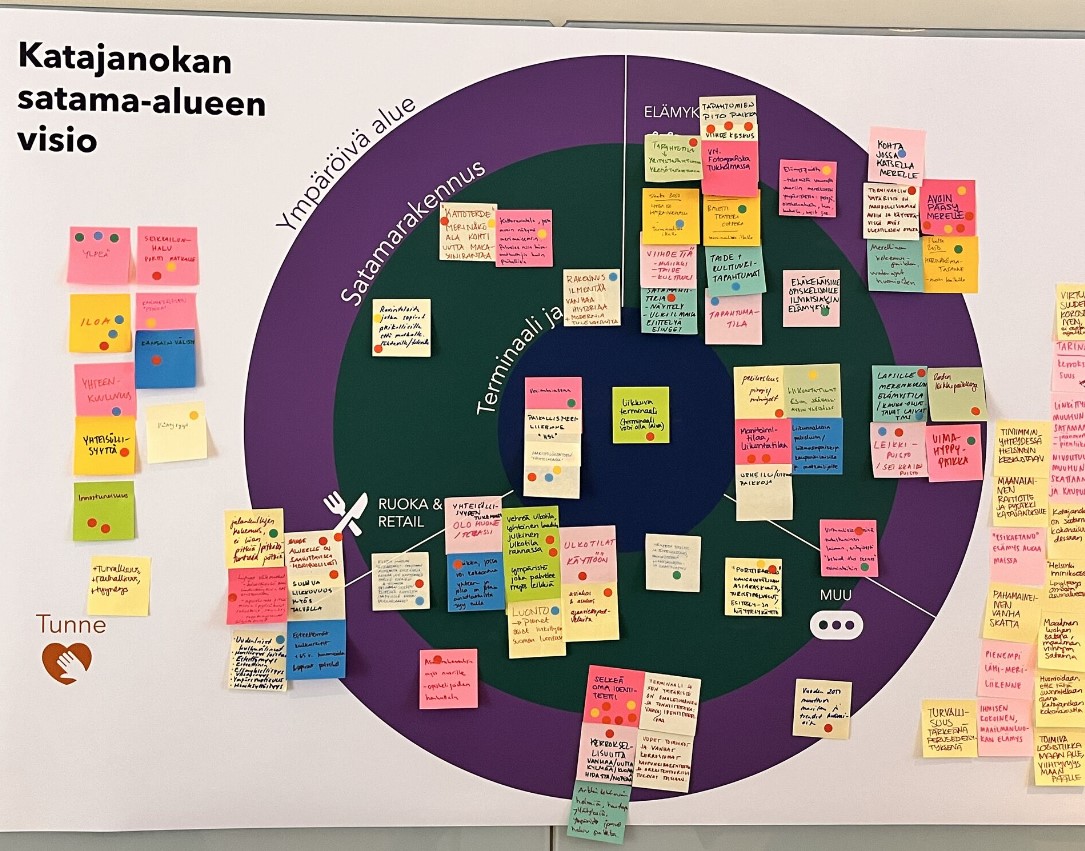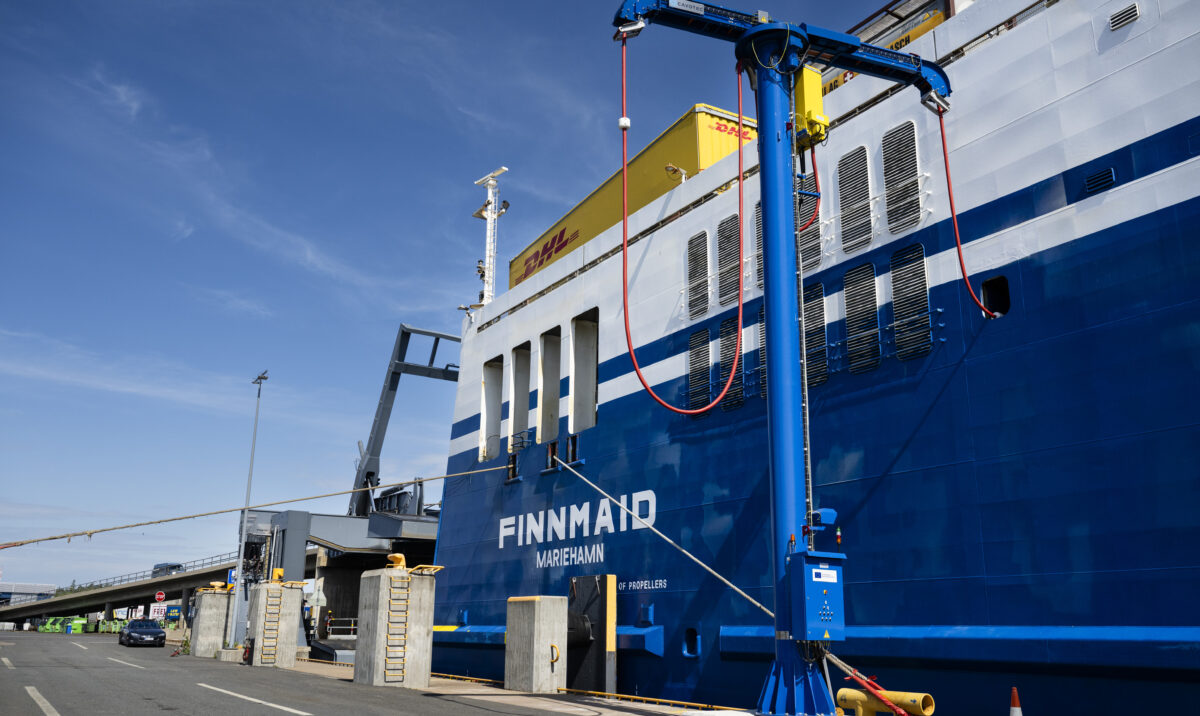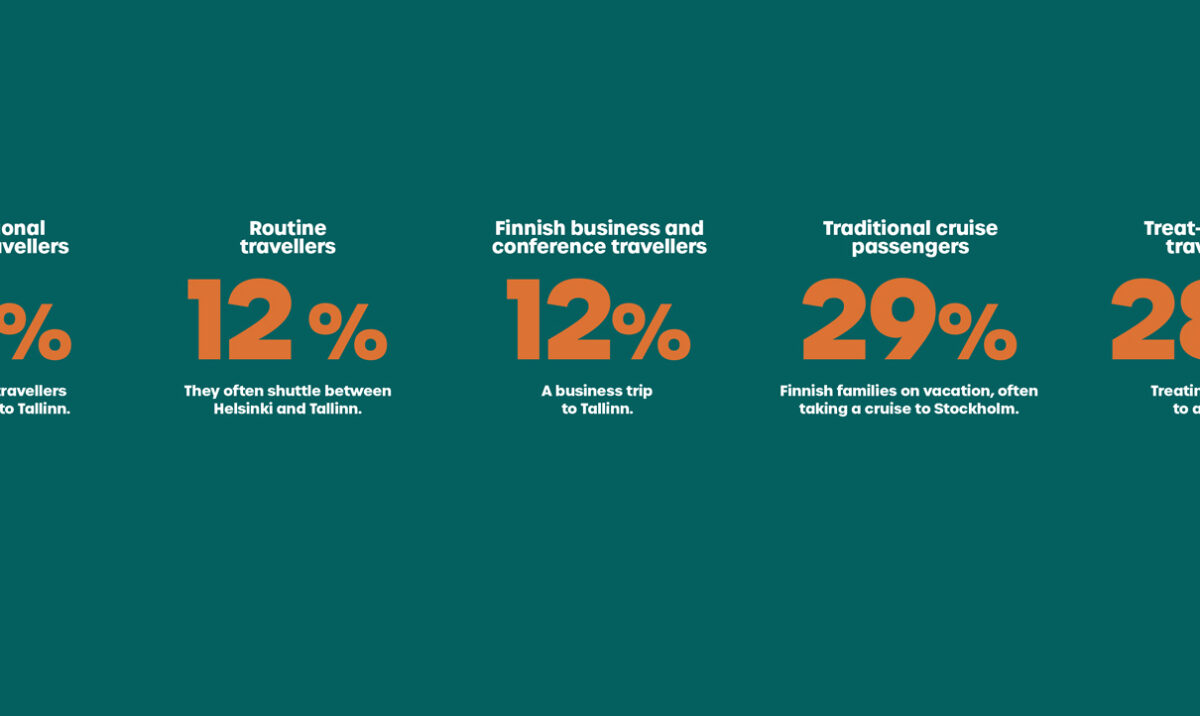
Developing Katajanokka Harbour with local residents
The Katajanokka Harbour area will offer a lot more when the terminal has been renovated and its services developed.
There are two main drivers for developing the Katajanokka Harbour area: the old terminal building is nearing the end of its life and Katajanokka will become a maritime hub for Sweden-bound traffic. There is currently a conceptual vision for the development project that has been created together with local residents, shipping companies, city planners, and experts from the event and restaurant industries.
“Last summer, we held a joint workshop that built a strong sense of collaboration,” says Kaj Takolander, Vice President of Passenger Services at the Port of Helsinki.
This jointly developed vision states that: “Katajanokka Harbour is the maritime heart of Helsinki – a living part of the city’s history and a pleasant meeting place for all.”
Katajanokka will be the ‘maritime heart’ of the city, as it will be Helsinki’s downtown gateway to Sweden, the Baltic Sea and a unique archipelago. Helsinki’s rich history is set to seamlessly meet the future in the terminal building, through storytelling, and via a whole host of experiences. The harbour will also serve as a ‘meeting place’ thanks to a broad range of services, events and experiences that will attract people from near and far.
Positive attitudes towards the harbour
The vision workshop was preceded by a survey of Helsinki residents that was conducted by Taloustutkimus. As many as 65 per cent of Katajanokka residents felt that restaurants were the most influential factor in determining whether people would want to spend time there. Of those respondents who chose Katajanokka as Helsinki’s most attractive district, 73 per cent considered seafront areas to be a major draw.
“People feel a closeness to us. Attitudes have been very positive, even though you’d think that people might find the traffic generated by the port to be unpleasant. We want to be a good neighbour, and to contribute to the local ambience and offering.”
There will soon be less road traffic in Katajanokka, as only the Swedish ships will operate from there. Information about passenger segments was utilised in the creation of the conceptual vision.
“We started by looking at the type of customer who travels between Stockholm and Helsinki. And we have up-to-date data for that, as we’ve begun to measure customer segments. They’re mainly traditional cruise passengers or people who are giving themselves a little treat. The majority are taking a feel-good holiday, and there are far fewer passengers travelling for non-tourist purposes than on the Helsinki–Tallinn route,” says Takolander.
One example of an experiential element that does not currently exist at the harbour is a restaurant with sea views on the terminal’s rooftop terrace.
“There’s a Moomin-themed park in Katajanokka, so it could also have a Moomin theme,” says Takolander enthusiastically.
Renovation and extension
The Port’s development plan involves a series of interlinked investments.
“Tallinn traffic will first move to the West Harbour, and then the Swedish ships will be transferred to Katajanokka. That is, the port tunnel must be completed first, as we cannot significantly increase traffic to the West Harbour without workable road traffic arrangements in and out of the harbour,” says Takolander.
In the best case scenario, the new Katajanokka terminal would be completed by the time the West Harbour tunnel is finished.
“At the very least, we would be well on our way to transferring Tallinn traffic to the West Harbour. Viking XPRS will move there, and Silja’s Swedish traffic will be transferred to Katajanokka as soon as possible after that.”
The Katajanokka project’s design phase will be put out to tender this spring, after which design and planning will be launched. Takolander says that the construction of the new terminal will probably involve the renovation and expansion of the old terminal building.
“Our design partner must also present a phasing plan, and potentially also a plan for temporary premises, as the terminal must remain operational throughout. We need to find out whether we can build the extension first and only then start work on the old section,” says Takolander.





